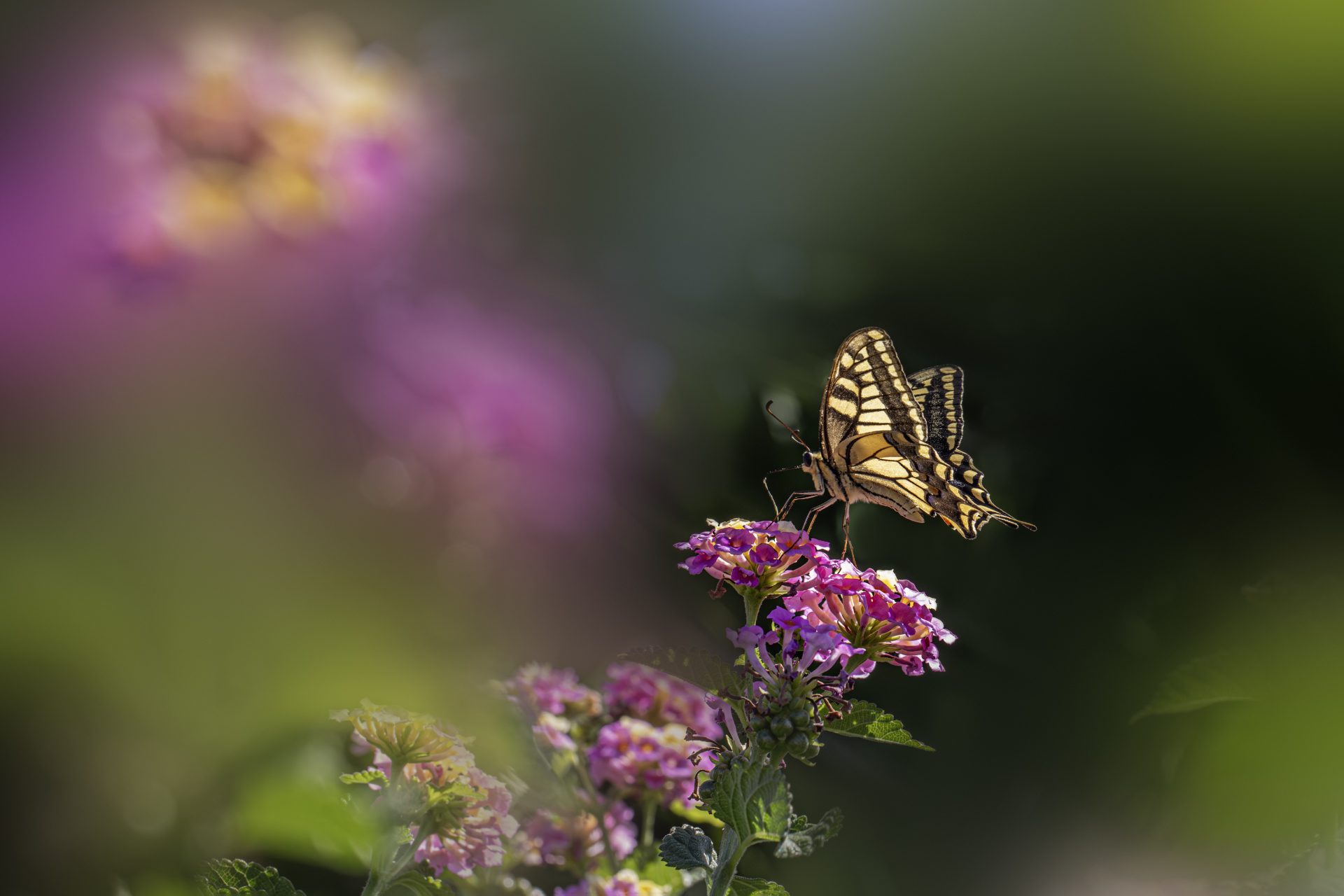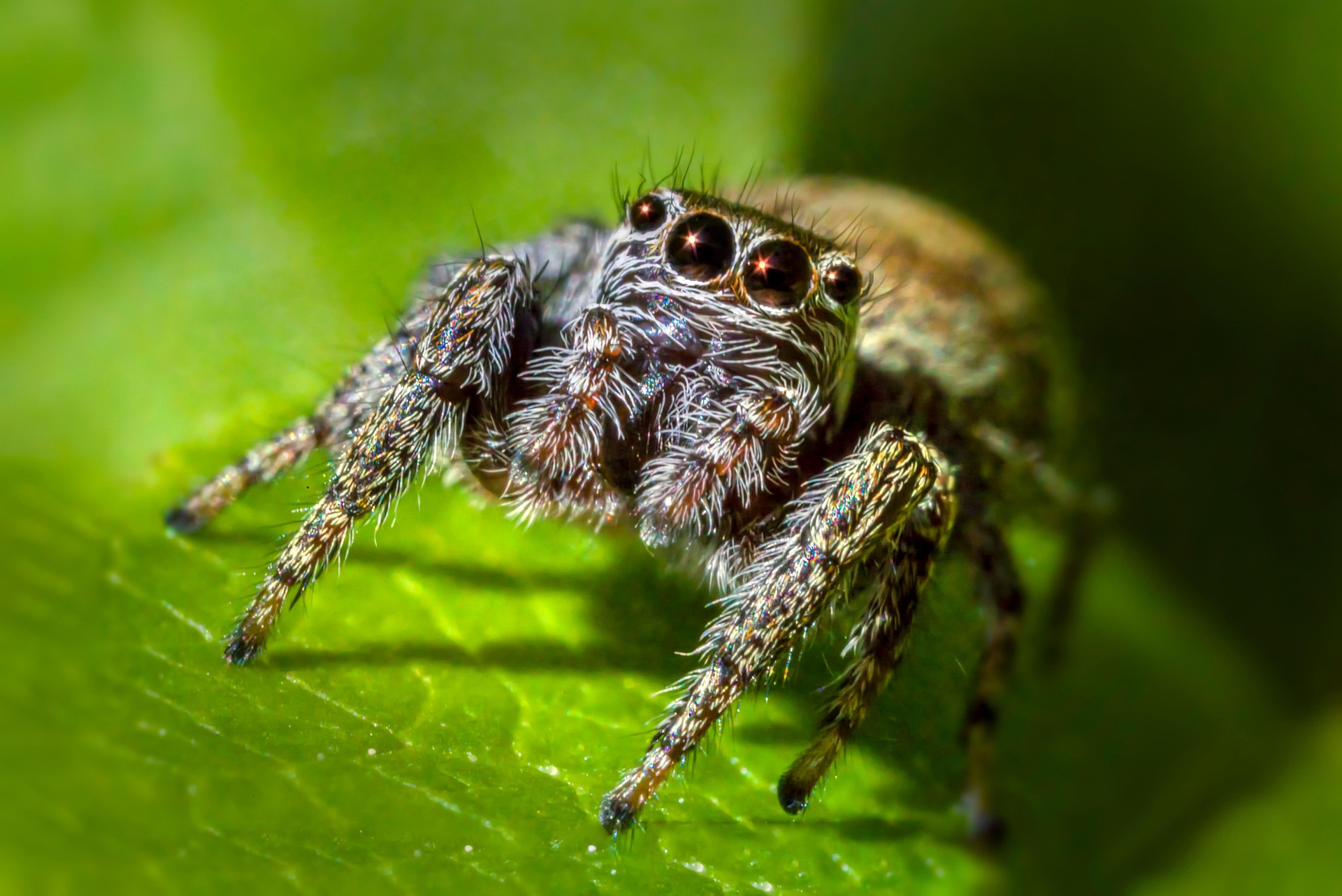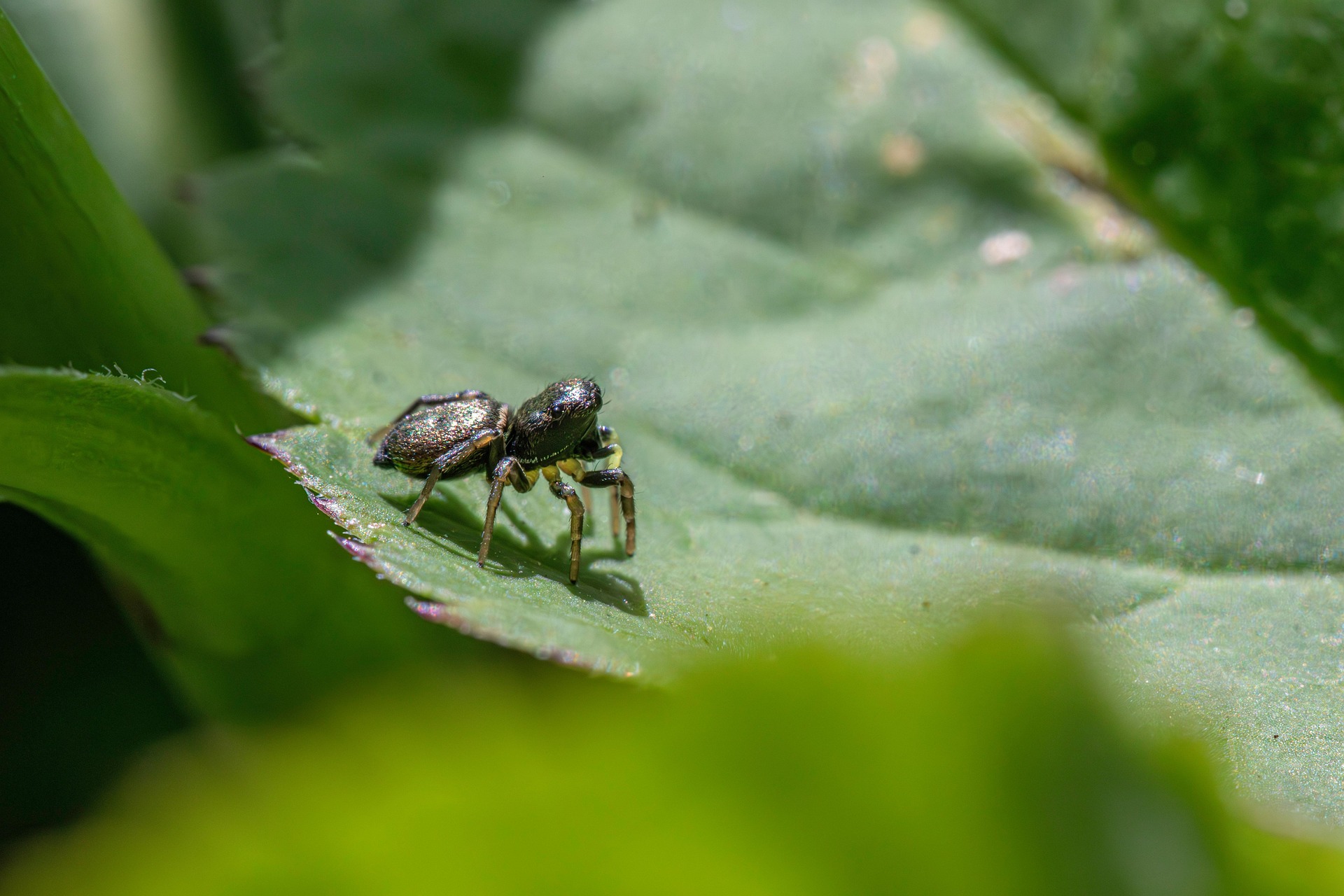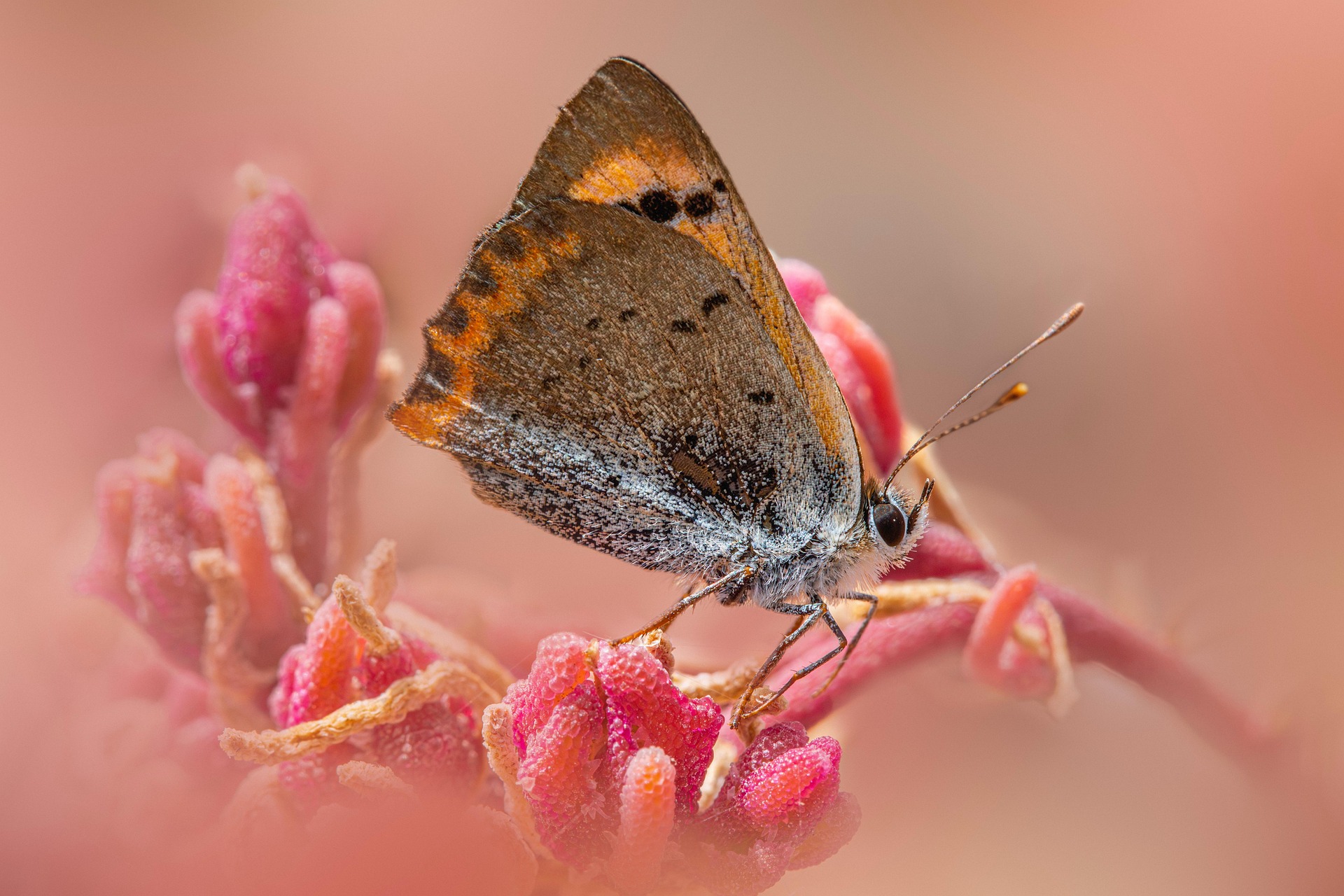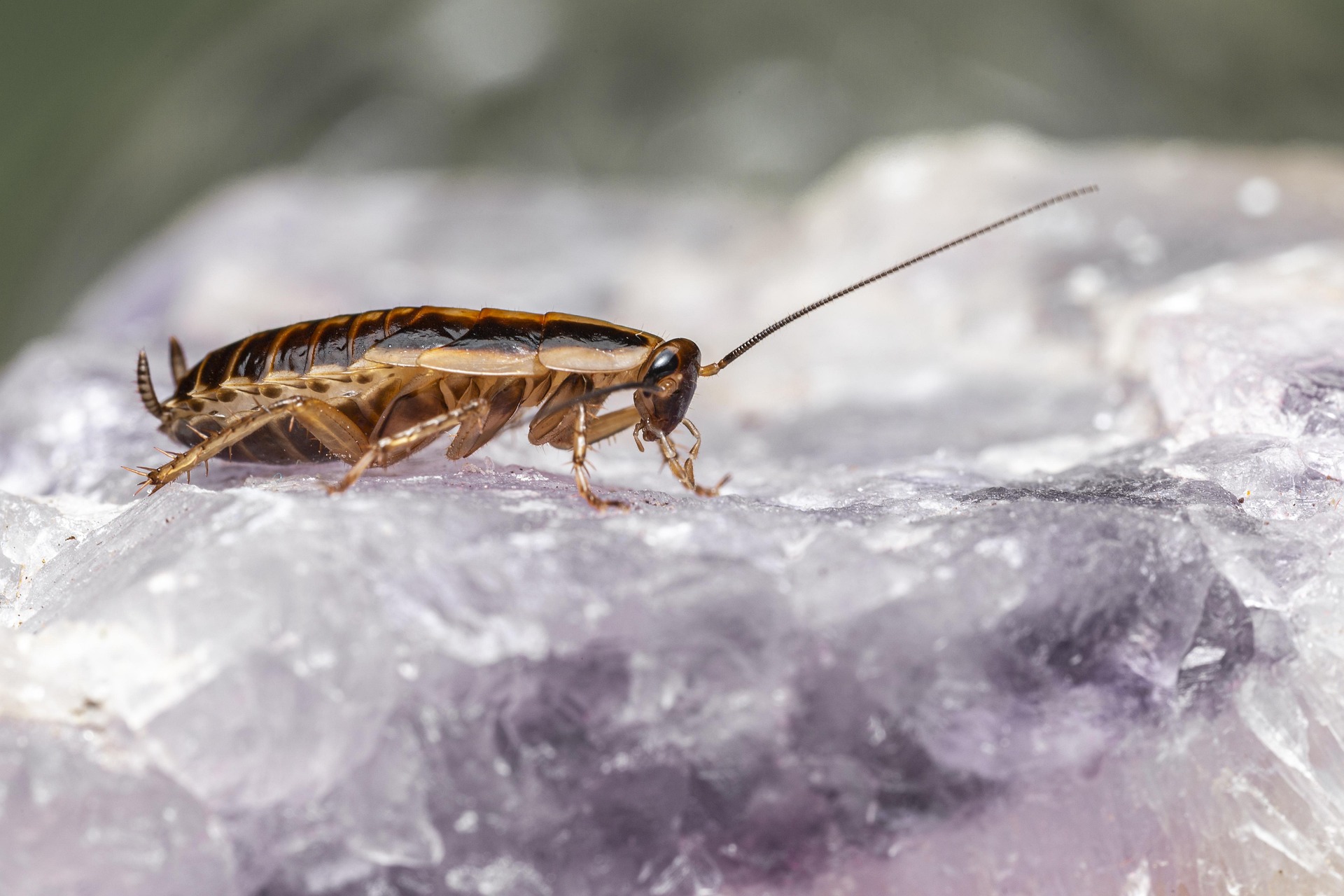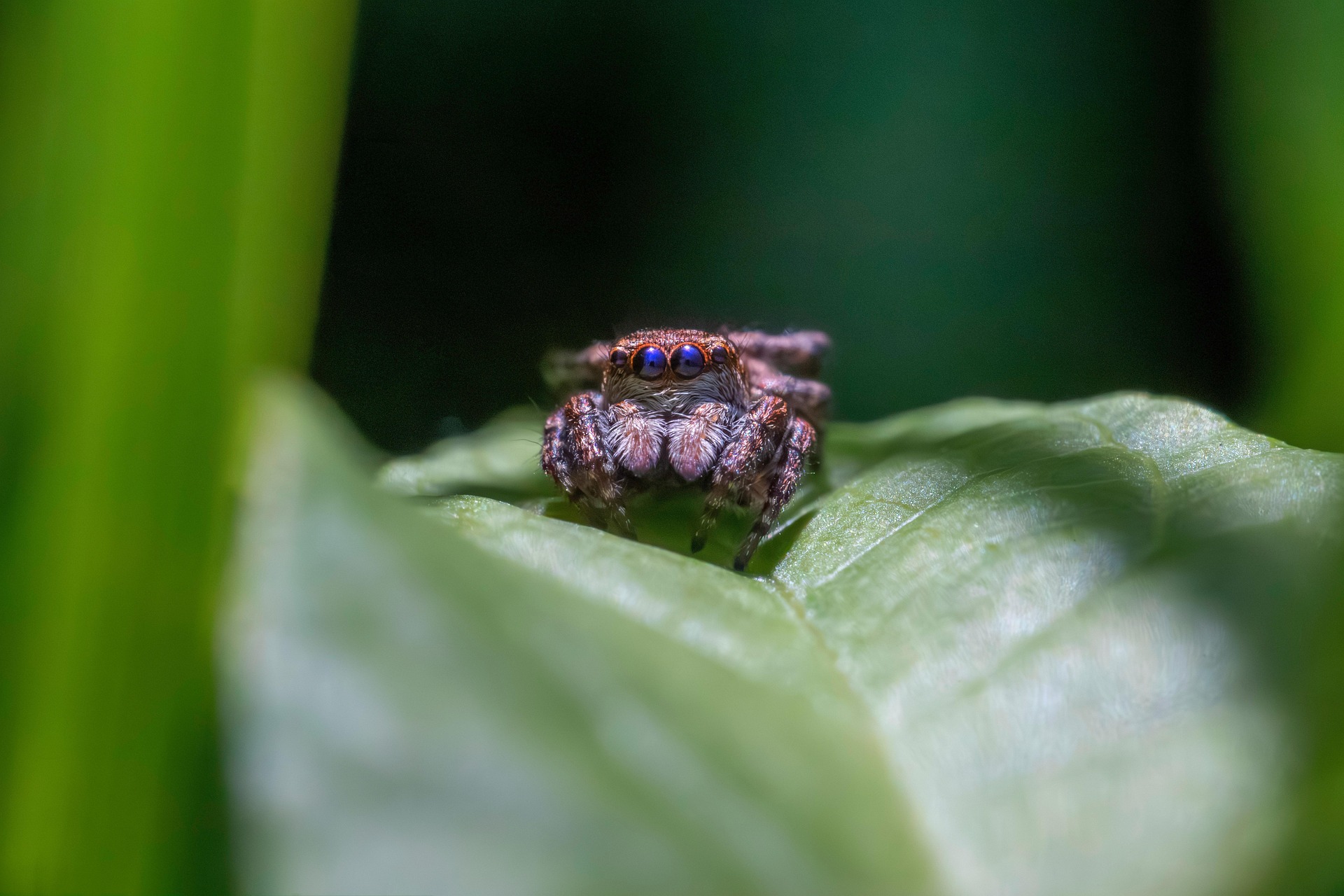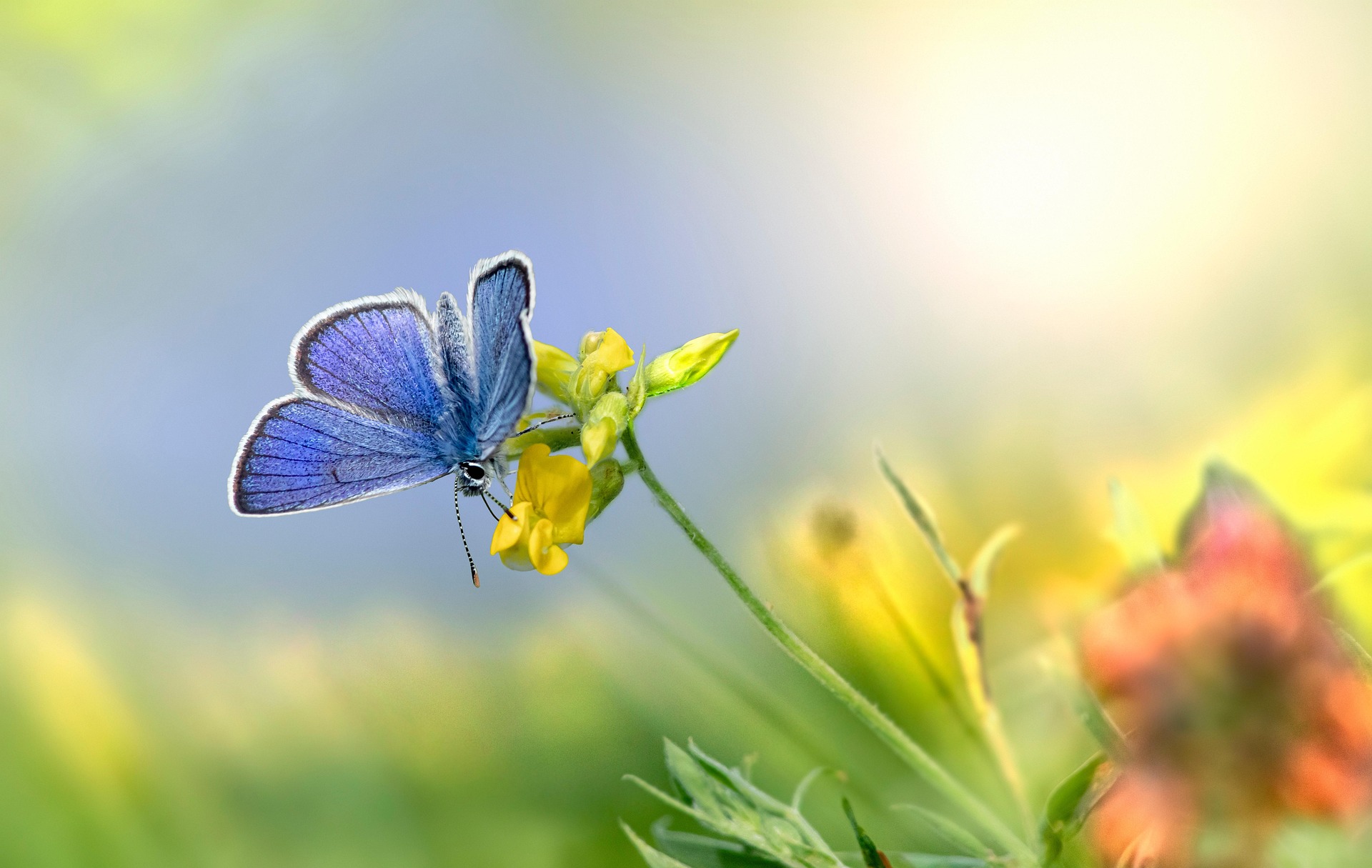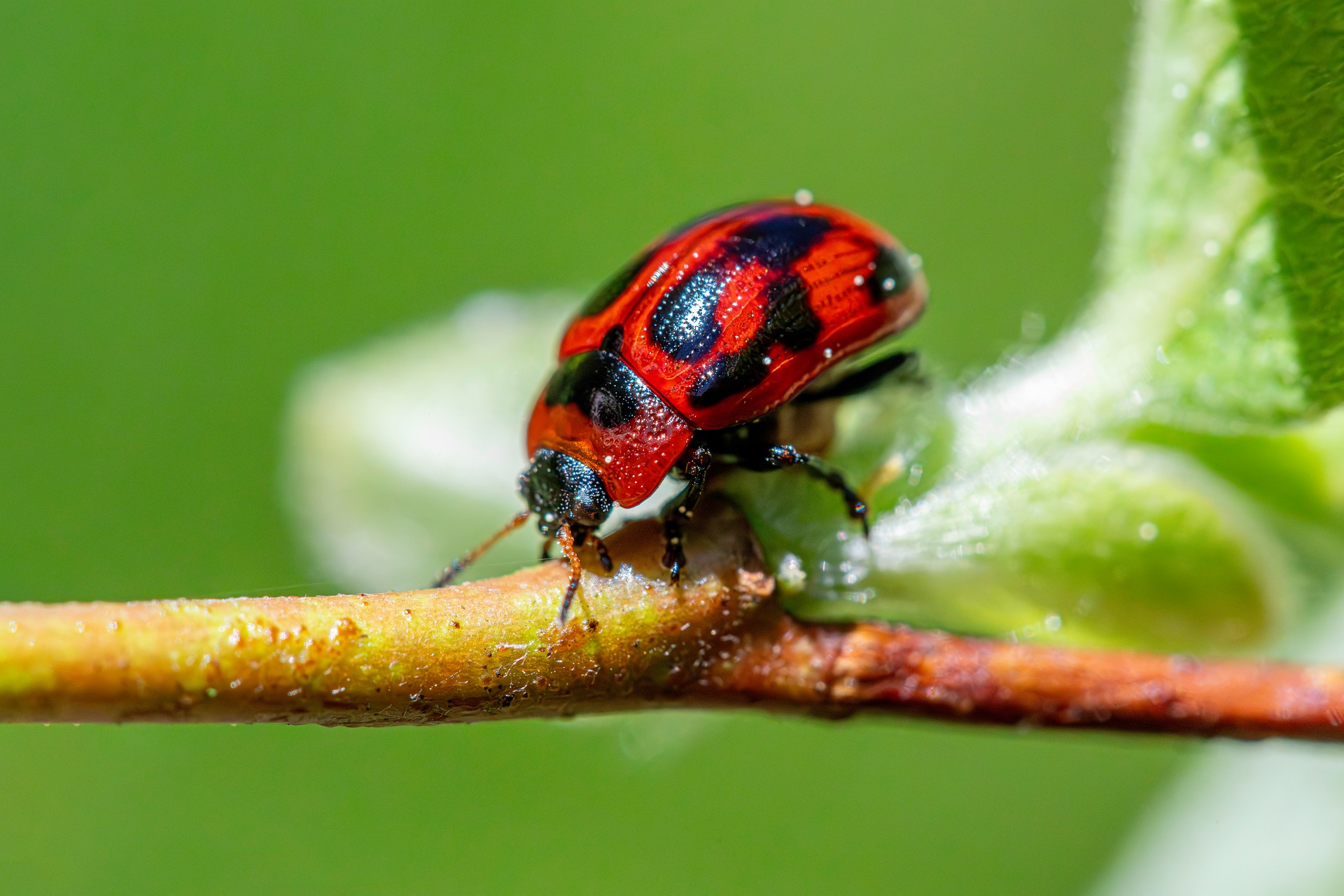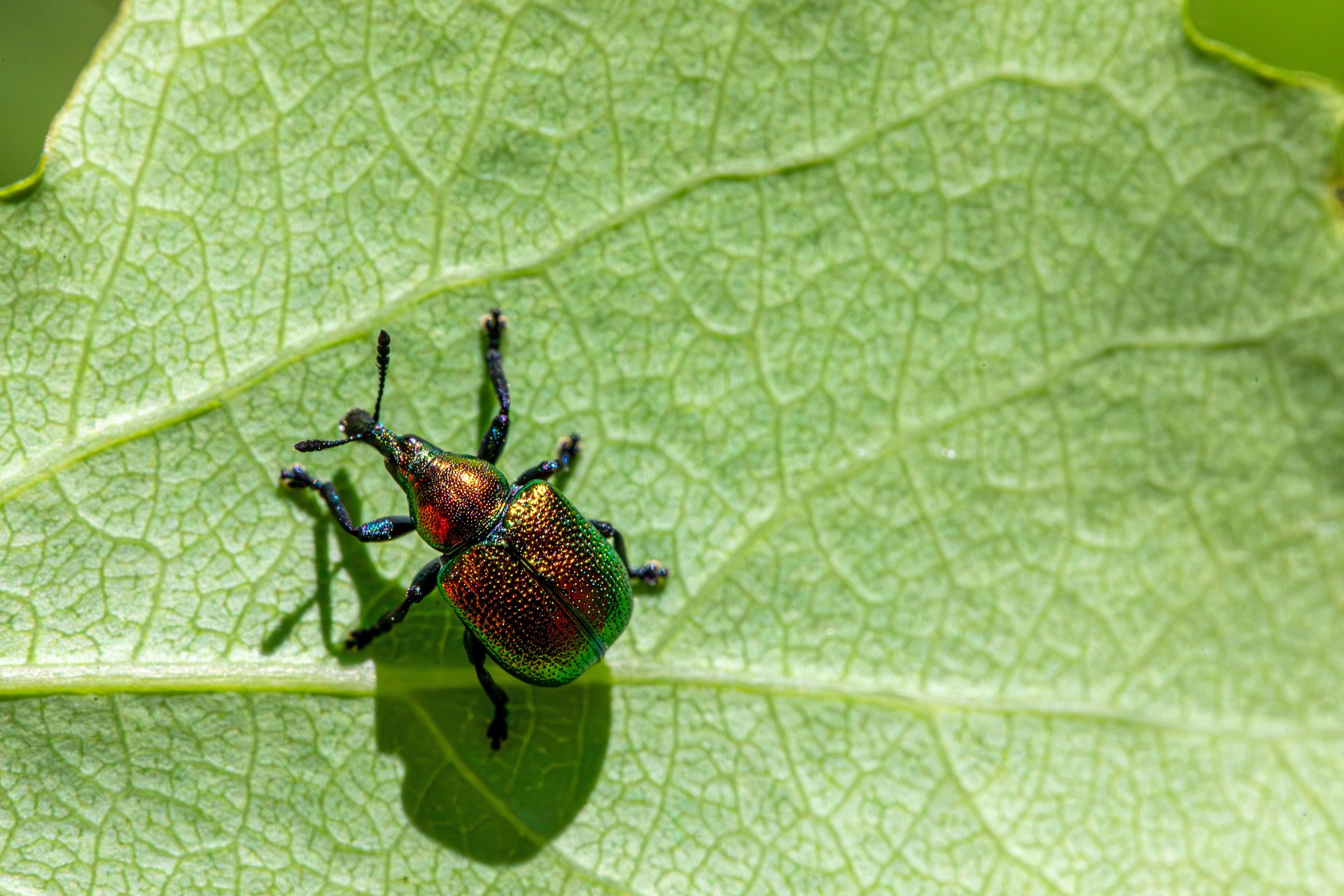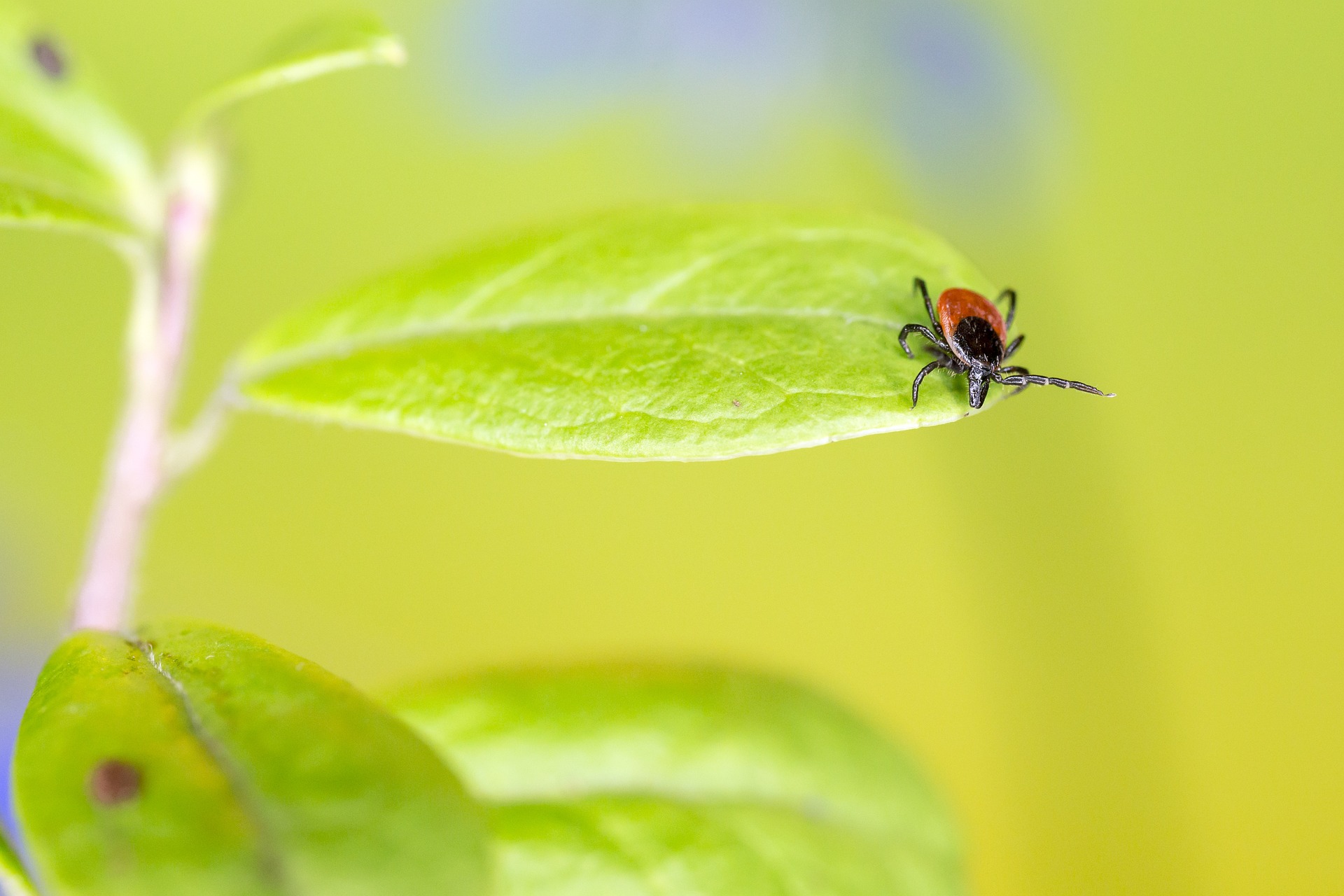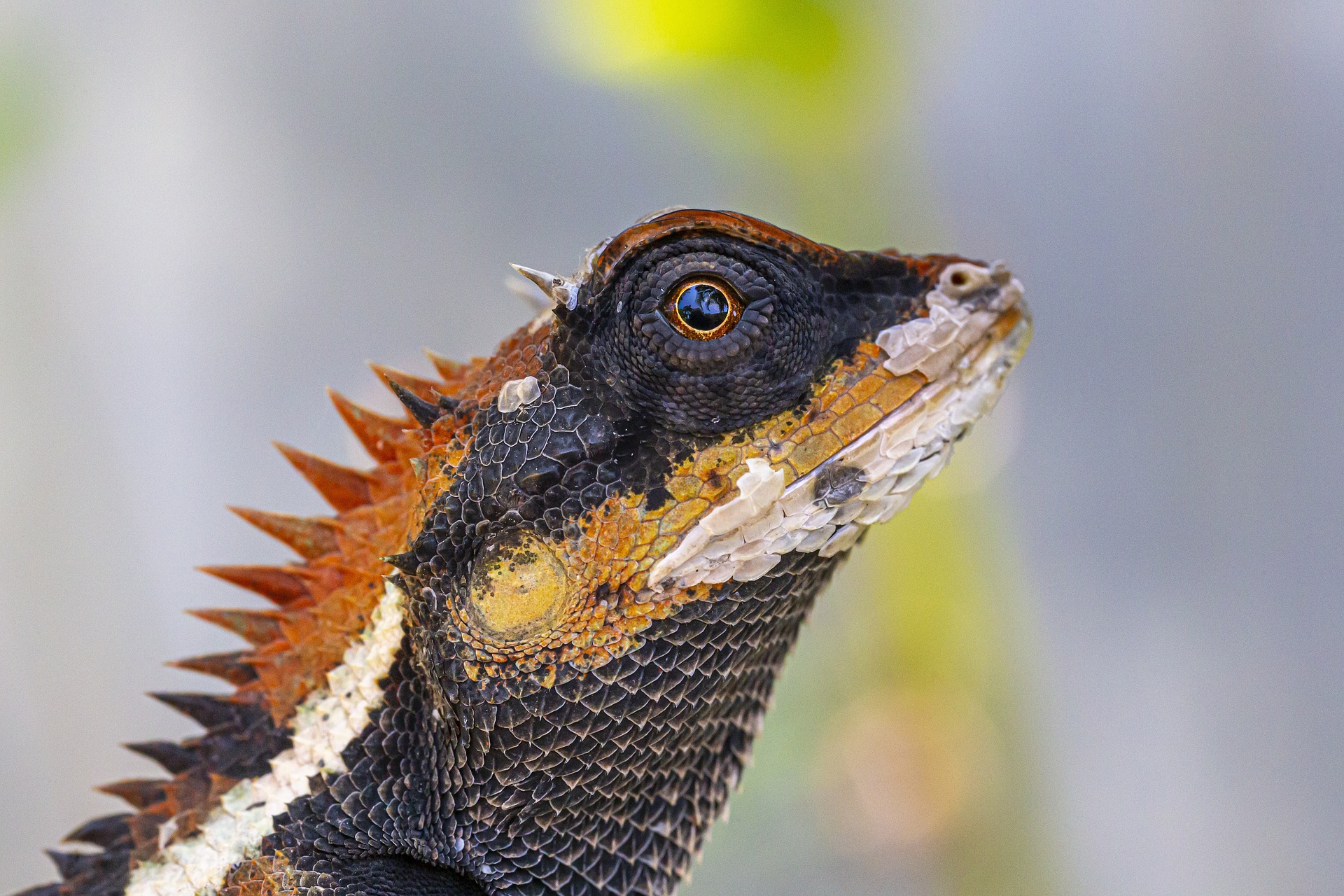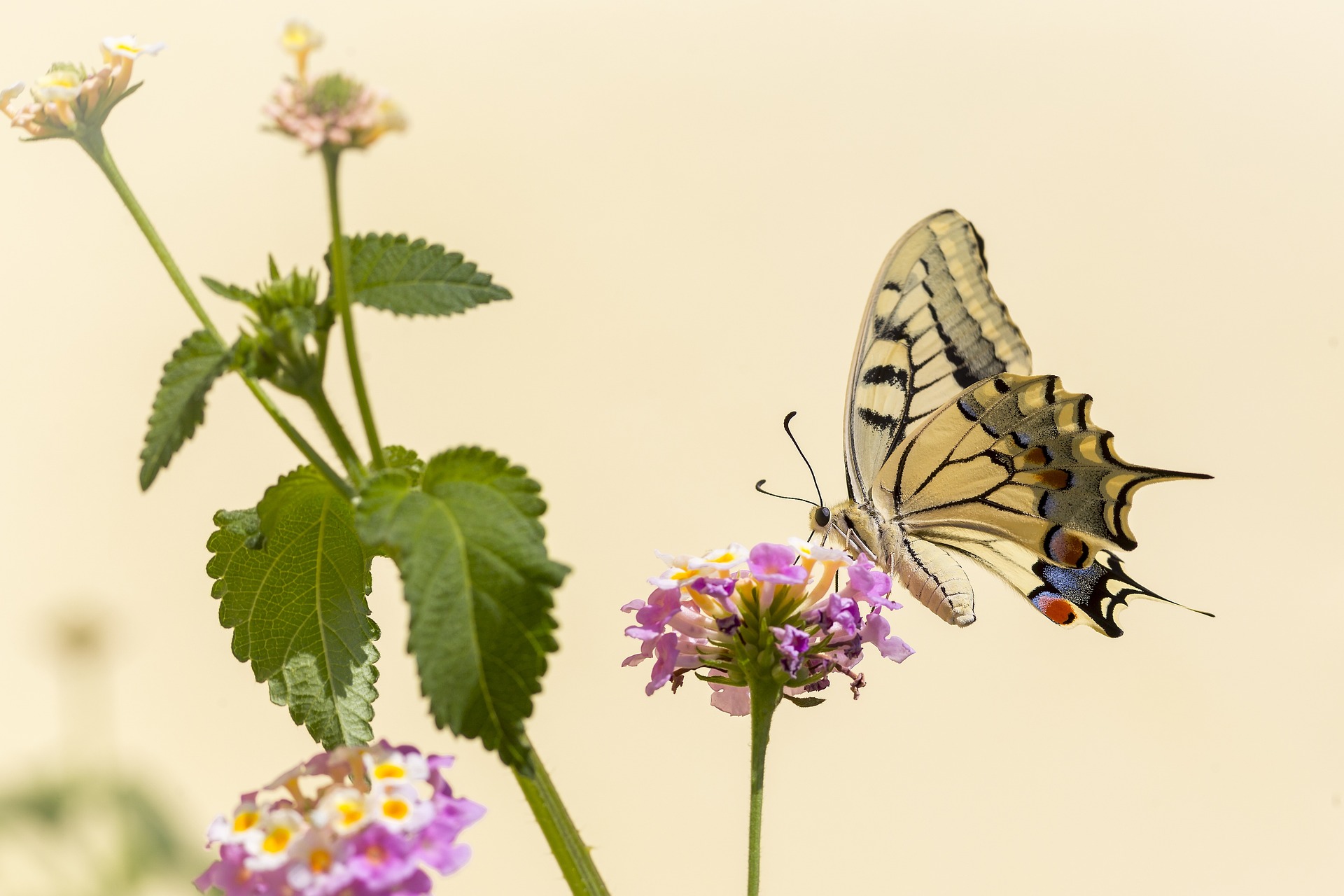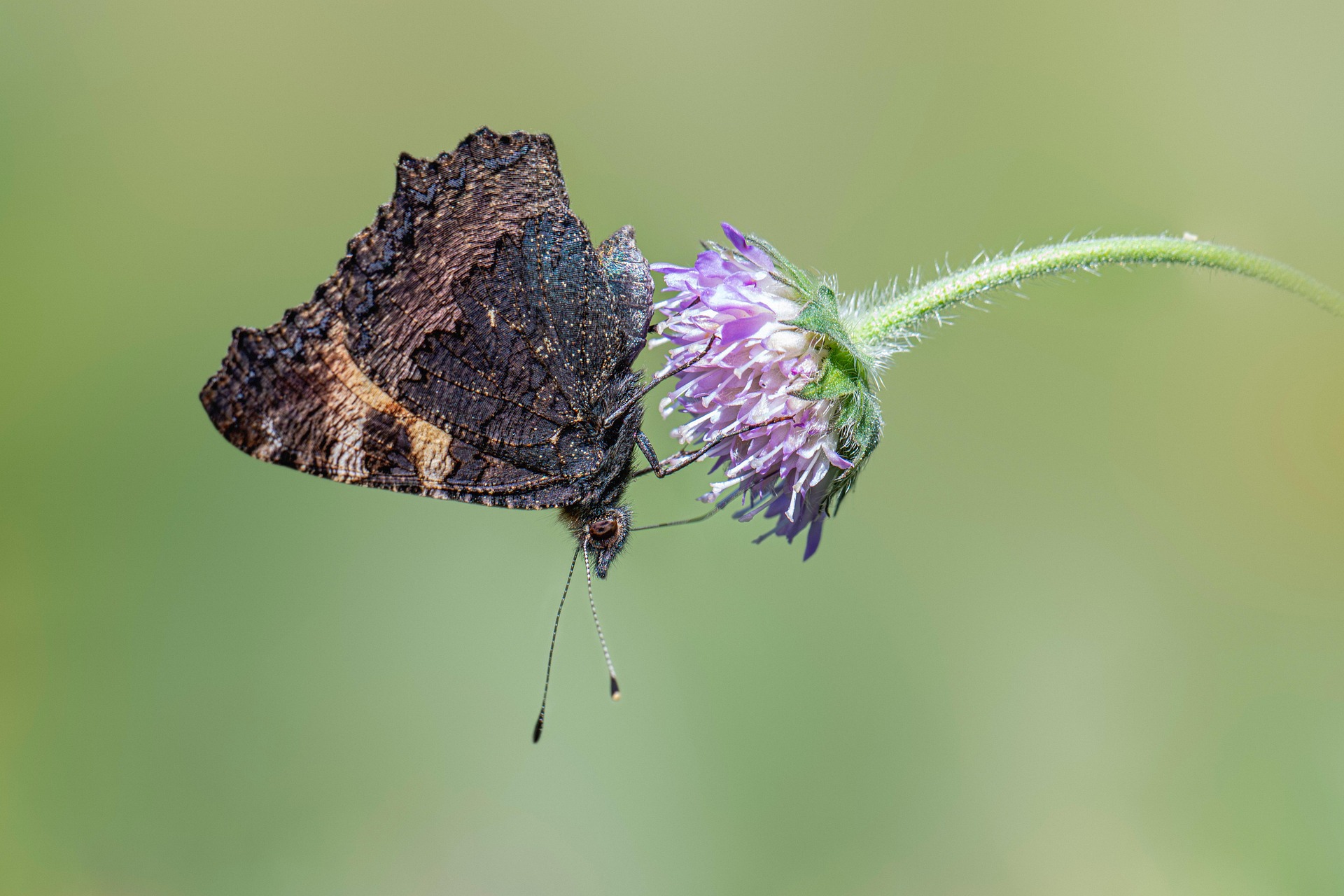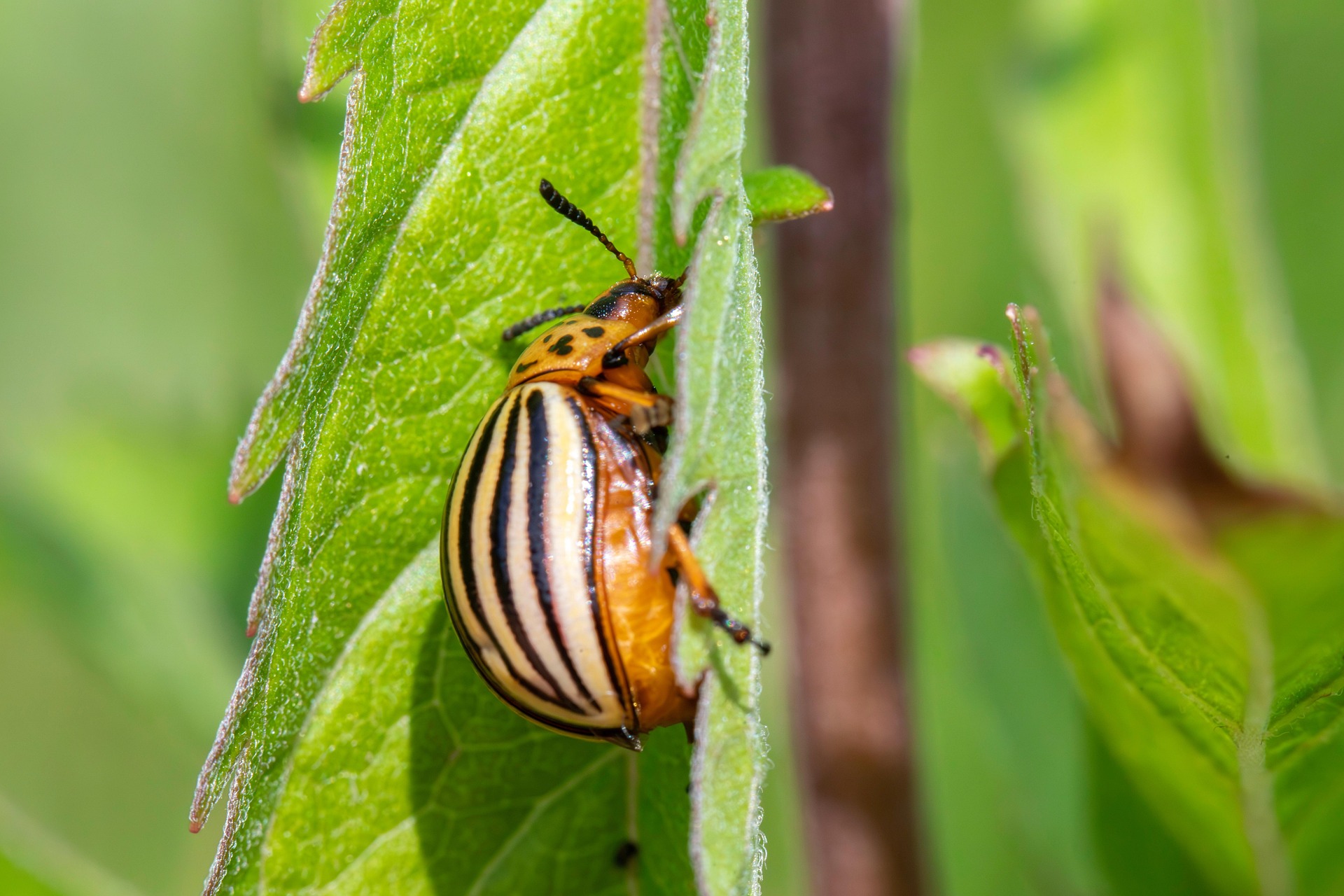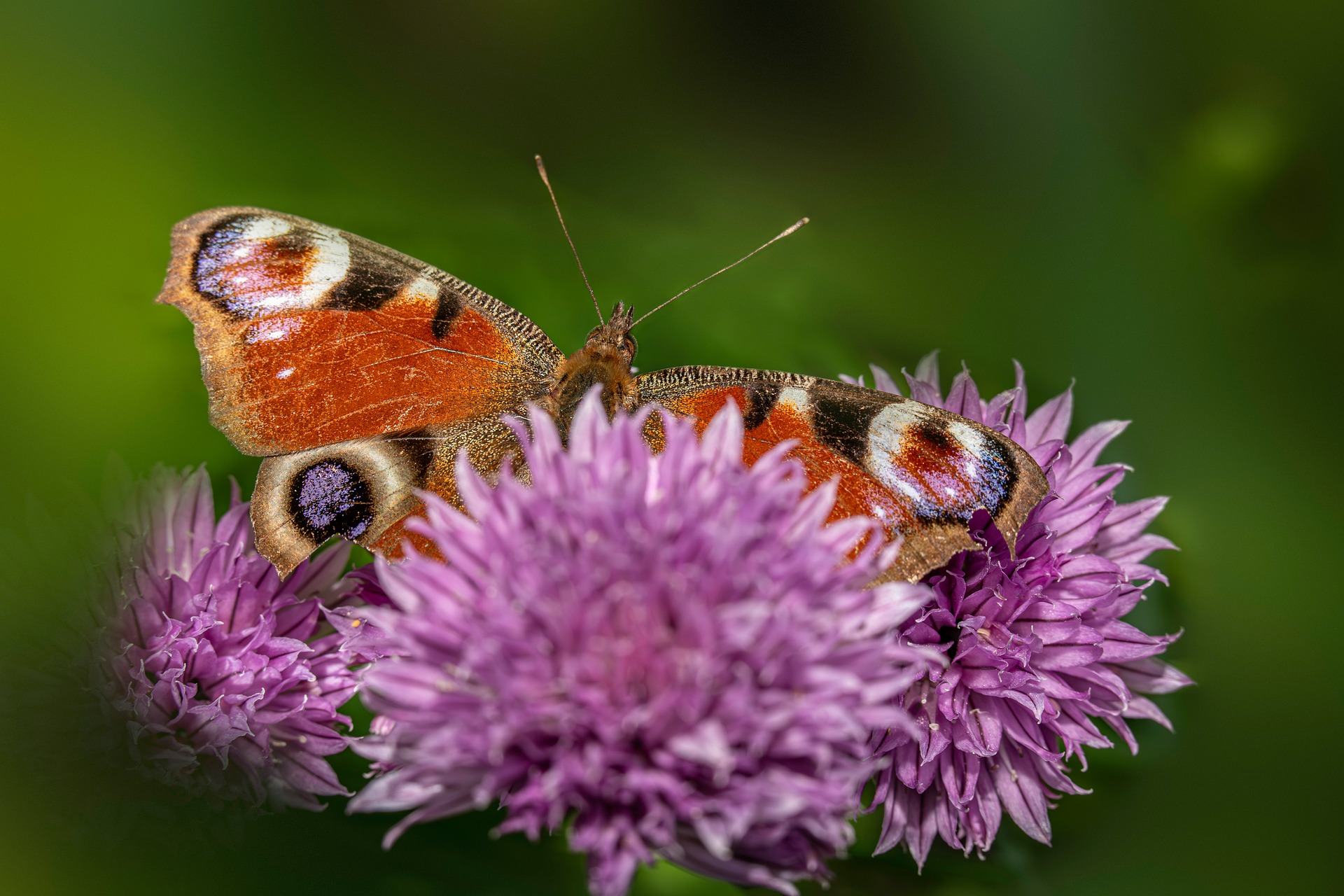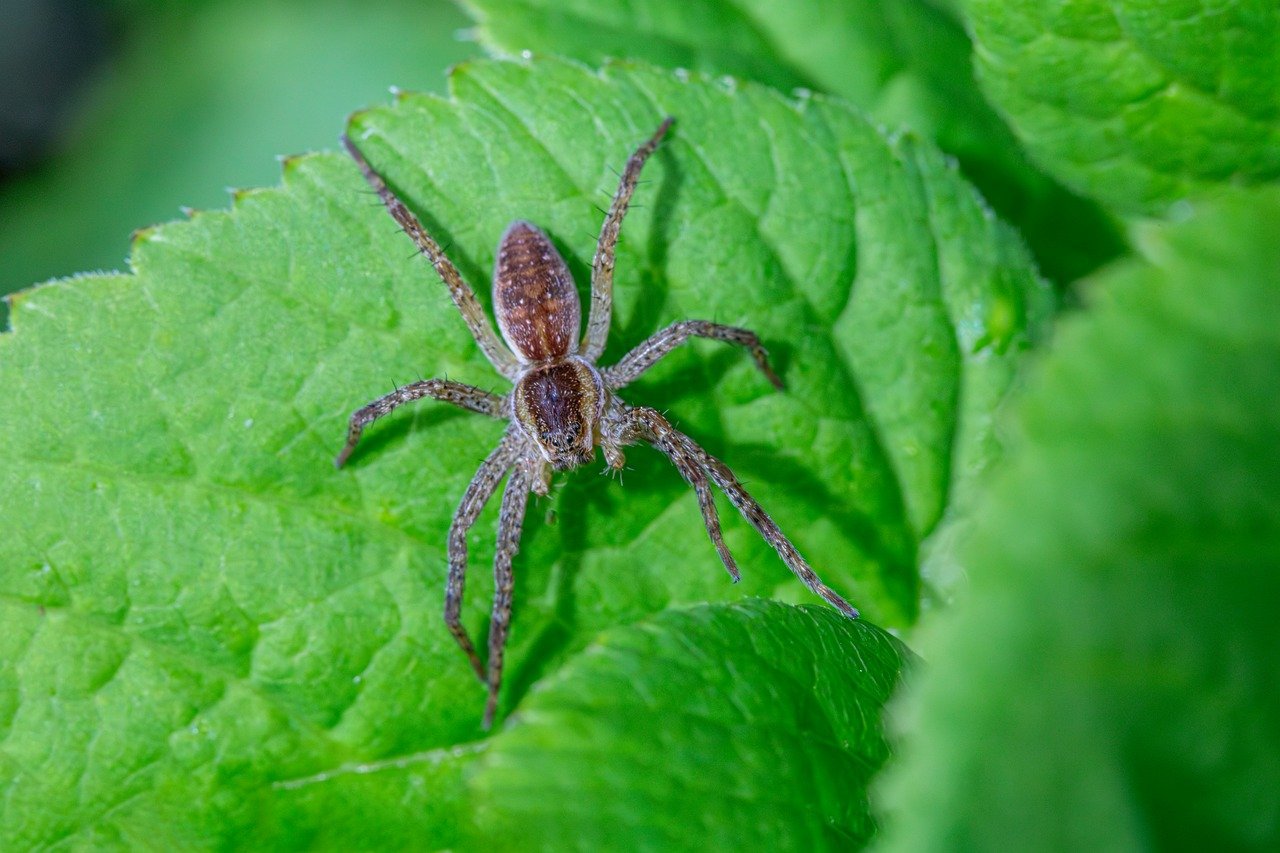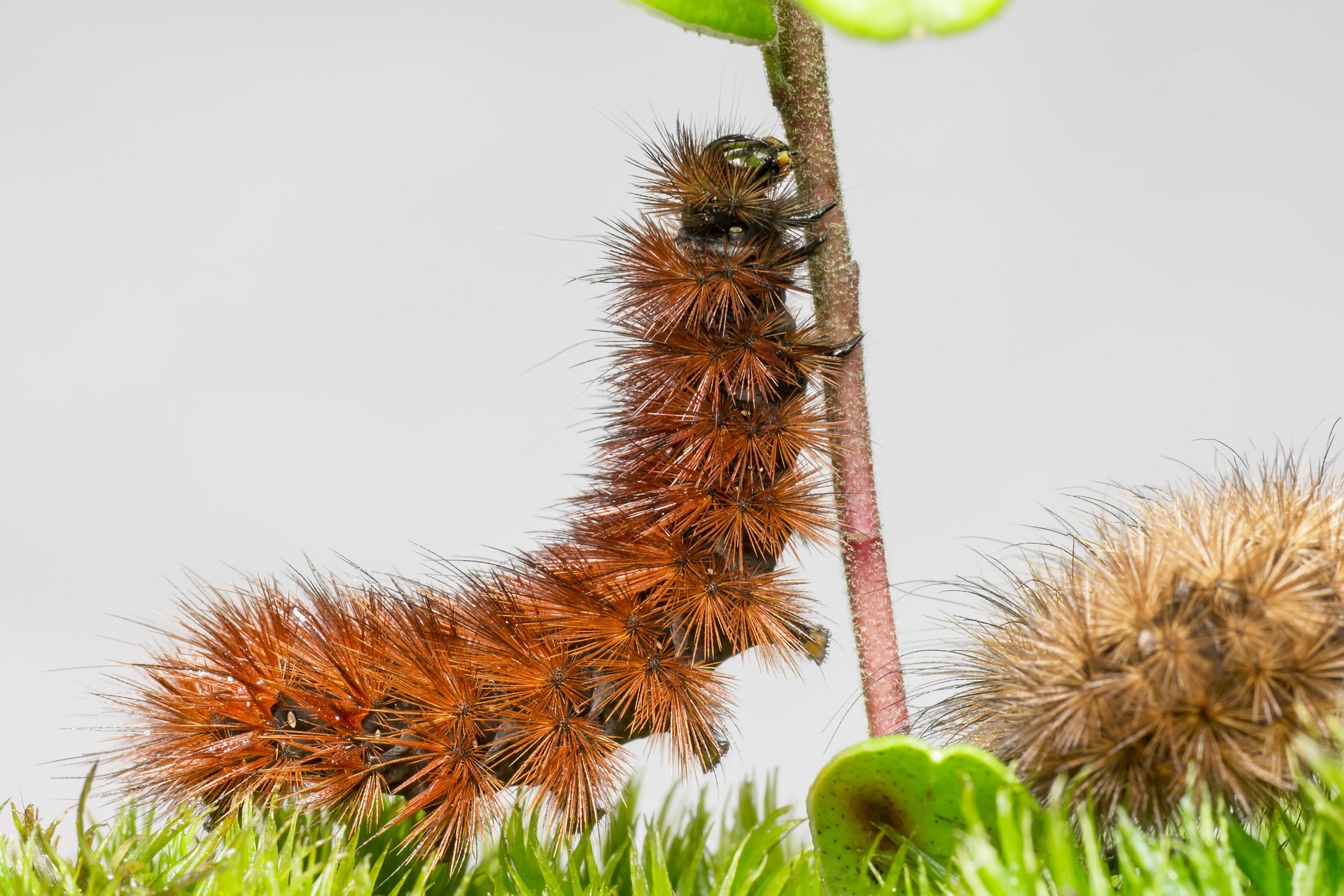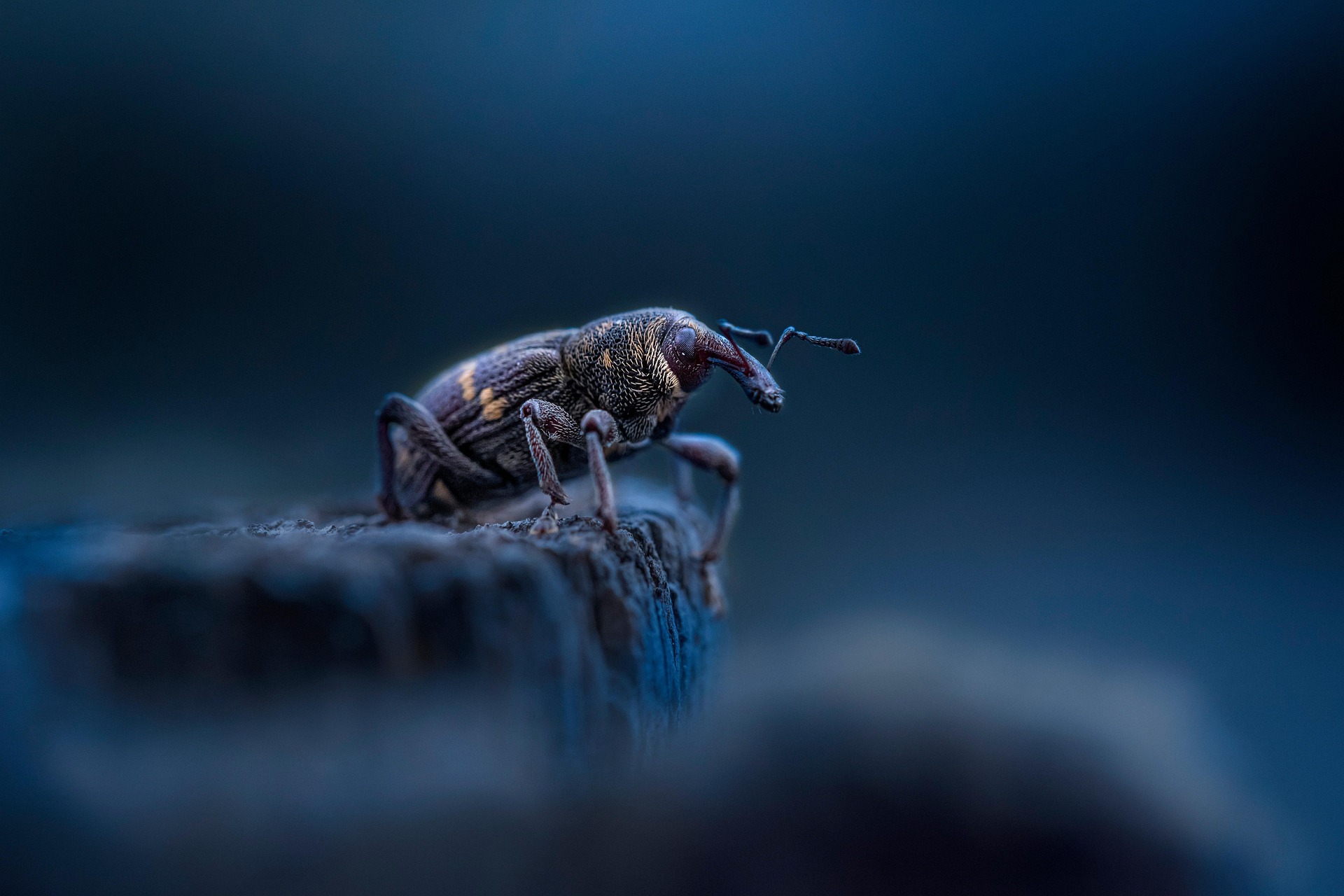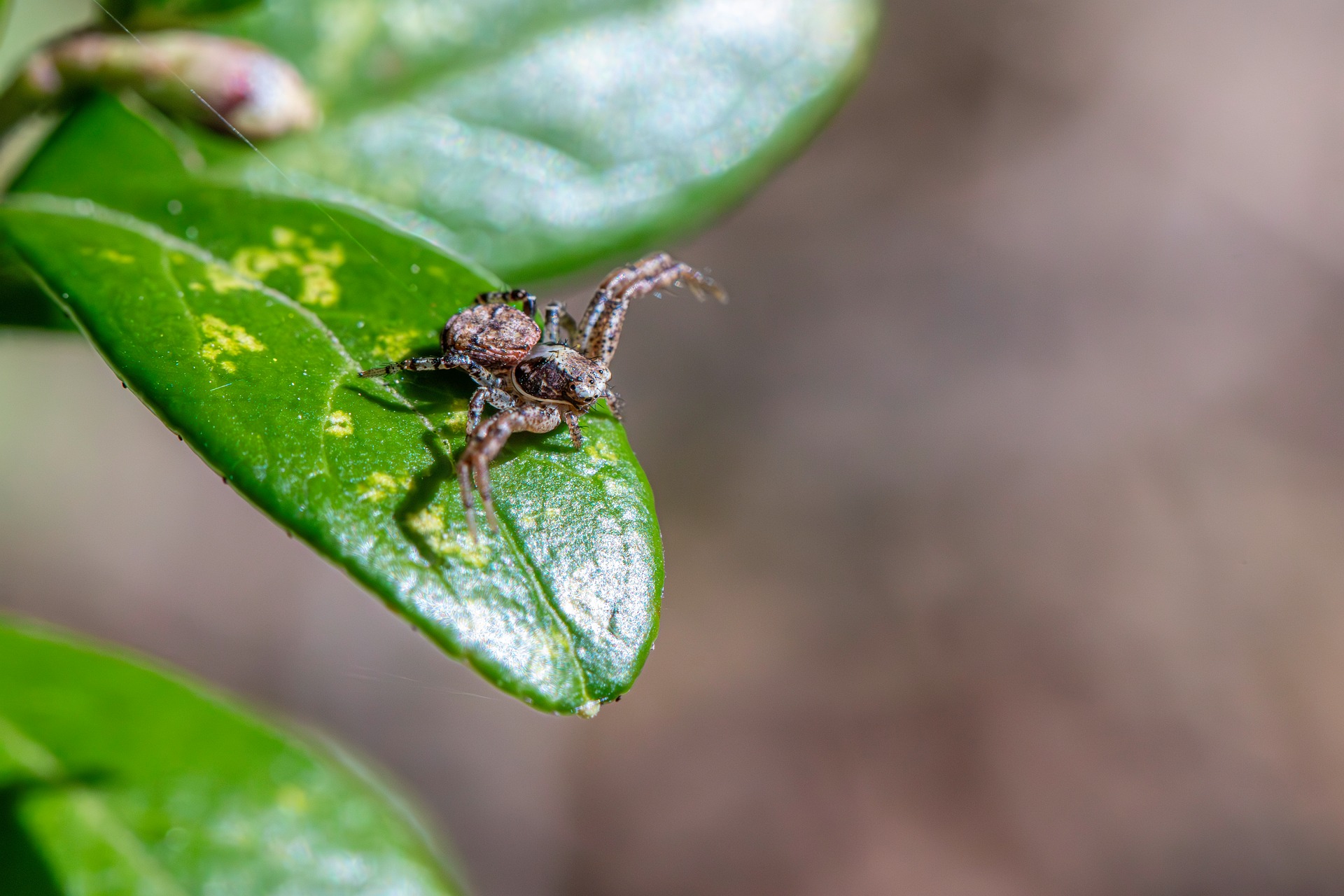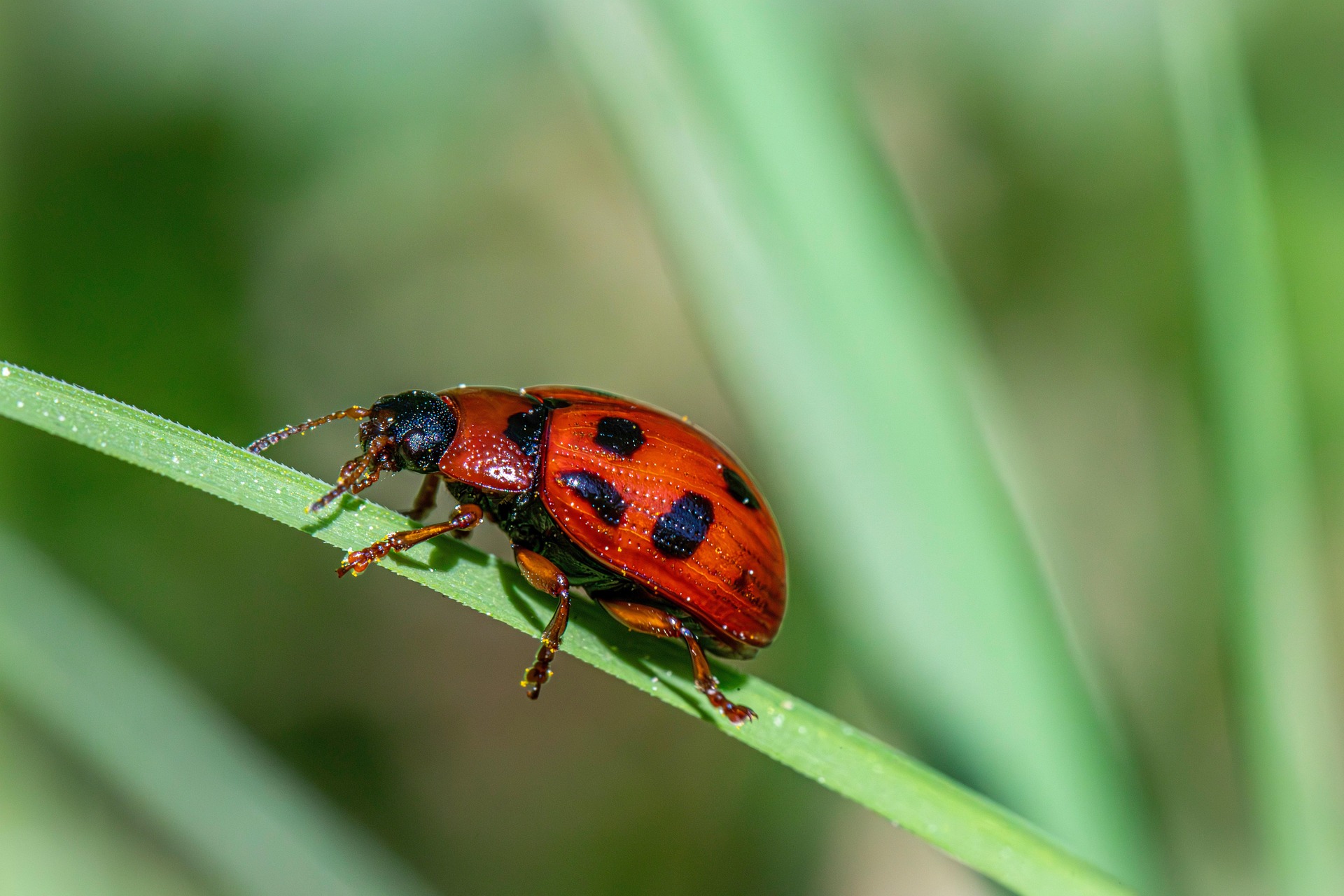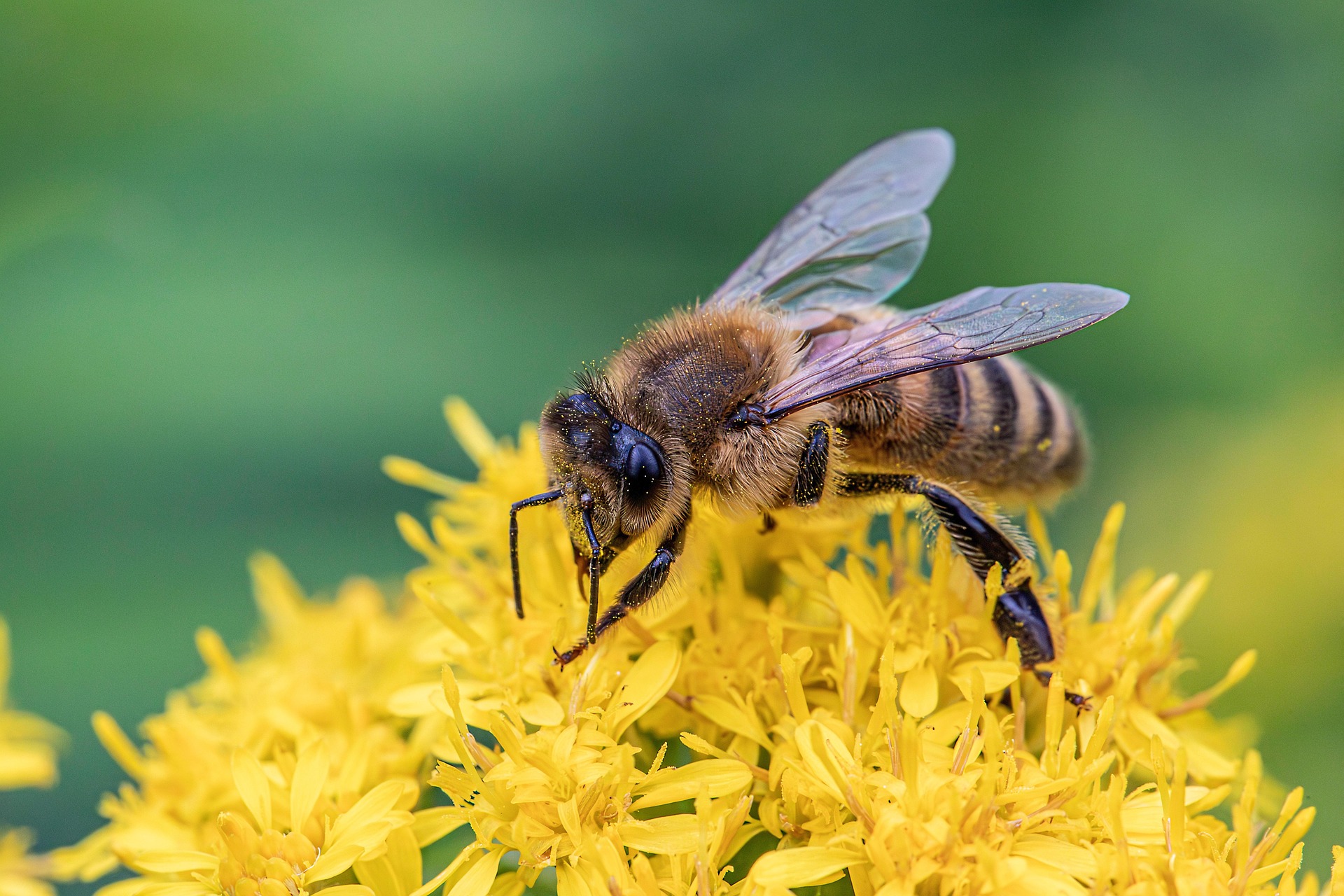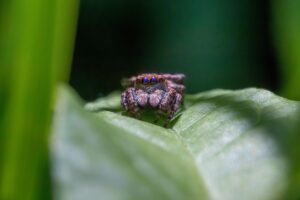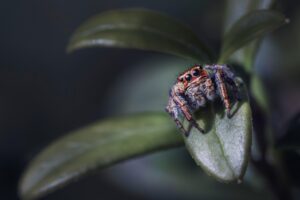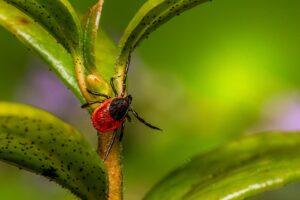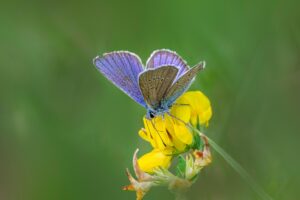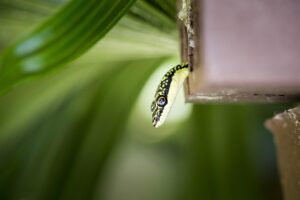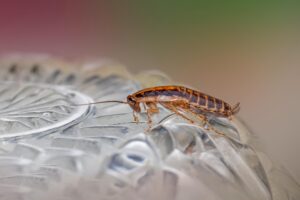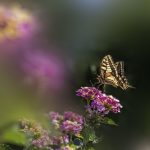
Skip to content

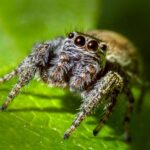


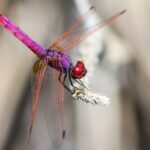

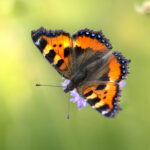









Highlight
















Butterfly
Uncategorized
Mazarine Blue (Cyaniris semiargus)
Download image 🦋 Mazarine Blue (Cyaniris semiargus) – Overview The Mazarine Blue is a charming…
Beetle
American Aspen Beetle (Gonioctena viminalis)
Download image The American Aspen Beetle (Gonioctena viminalis) is a species of leaf beetle in…
Beetle
Aspen Leaf-rolling Weevil (Byctiscus populi)
Download image The Aspen Leaf-rolling Weevil, scientifically known as Byctiscus populi, is a species of…
Uncategorized
Tick
Castor bean tick (Ixodes ricinus)
Download image The Castor Bean Tick (Ixodes ricinus), also known as the sheep tick or…
Lizard
Emma gray`s forest lizard (Calotes emma)
Download image Emma Gray's Forest Lizard, scientifically known as Calotes emma, is a species of…
Butterfly
Old World Swallowtail (Papilio machaon)
Download image The Old World Swallowtail, scientifically known as Papilio machaon, is a striking and…
Butterfly
Small Tortoiseshell (Aglais urticae)
Download full size image Here's a detailed overview of the Small Tortoiseshell (Aglais urticae) —…
Spider
Common crab spider (Xysticus cristatus)
Download image Common Crab Spider (Xysticus cristatus) is a species of spider belonging to the…
Butterfly
Chestnut heath (Coenonympha glycerion)
Free Download full size image Chestnut Heath (Coenonympha glycerion) The Chestnut Heath is a small,…
Butterfly
Ruby Tiger Moth (Phragmatobia fuliginosa)
Download image The Ruby Tiger Moth (Phragmatobia fuliginosa) is a strikingly beautiful moth that belongs…
Butterfly
Small Tortoiseshell (Aglais urticae)
Download full size image Here's a detailed overview of the Small Tortoiseshell (Aglais urticae) —…
Beetle
Colorado potato beetle (Leptinotarsa decemlineata)
Download image The Colorado Potato Beetle (Leptinotarsa decemlineata) is a notorious agricultural pest, primarily known…
Butterfly
European peacock (Aglais io)
Download full size image The European Peacock (Aglais io) is one of the most recognizable…
Spider
European nursery web spider (Pisaura mirabilis)
Download image The European Nursery Web Spider (Pisaura mirabilis) is a fascinating and relatively common…
Butterfly
Uncategorized
Orange Tip Butterfly (Anthocharis cardamines)
Download image The Orange Tip Butterfly (Anthocharis cardamines) is a distinctive and widespread butterfly from…
Butterfly
Ruby Tiger Moth (Phragmatobia fuliginosa)
Download image The Ruby Tiger Moth (Phragmatobia fuliginosa) is a strikingly beautiful moth that belongs…
Beetle
Uncategorized
Large Pine Weevil (Hylobius abietis)
Download image LARGE PINE WEEVIL (HYLOBIUS ABIETIS) – A TOUGH, TREE-DEVOURING SURVIVOR! 🌲🐞 Let me…
Spider
Common crab spider (Xysticus cristatus)
Download image Common Crab Spider (Xysticus cristatus) is a species of spider belonging to the…
Beetle
American Aspen Beetle (Gonioctena viminalis)
Download image The American Aspen Beetle (Gonioctena viminalis) is a species of leaf beetle in…
Bee
Western honey bee (Apis mellifera)
Download image 🐝 Western Honey Bee (Apis mellifera) The Western honey bee, Apis mellifera, is…
